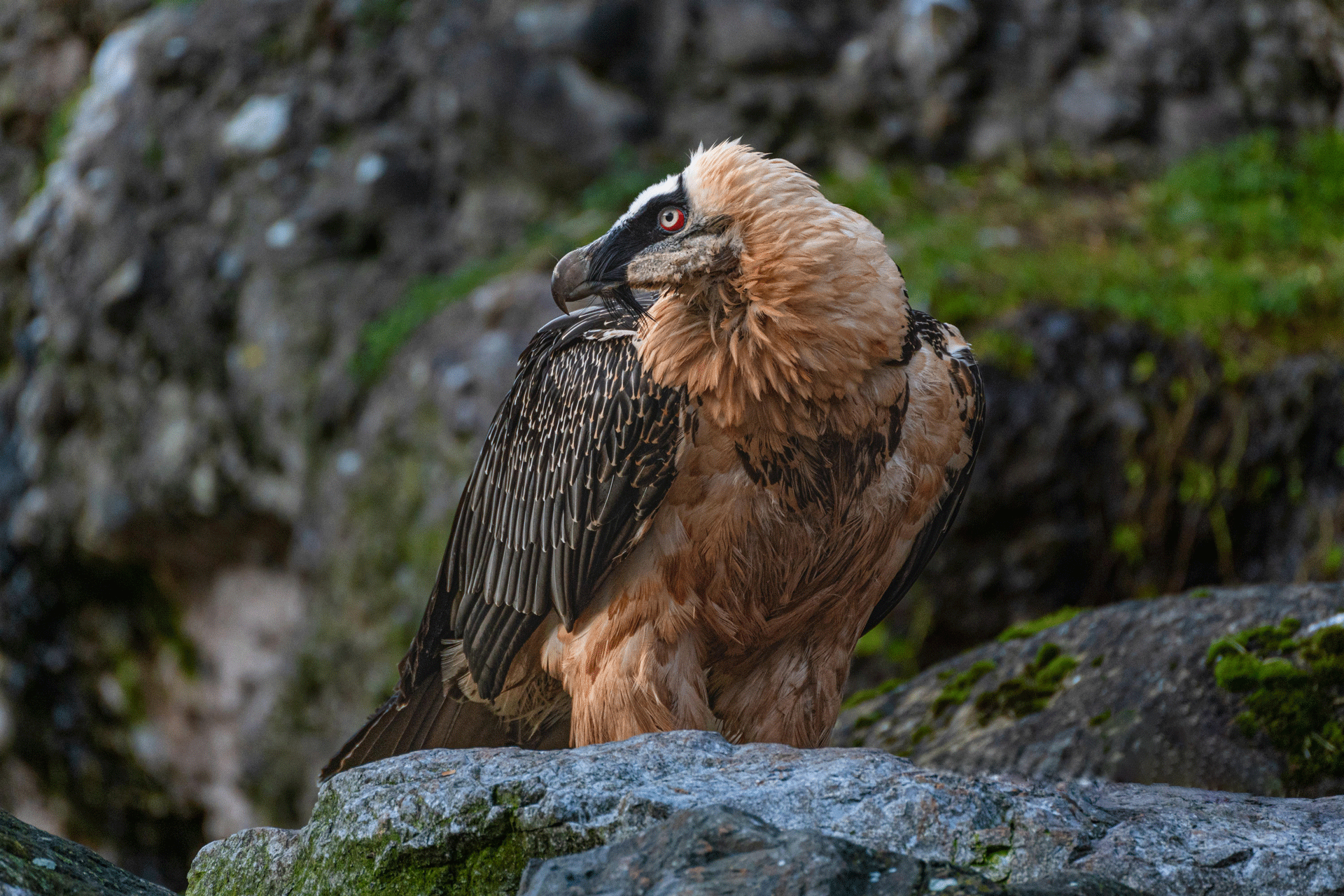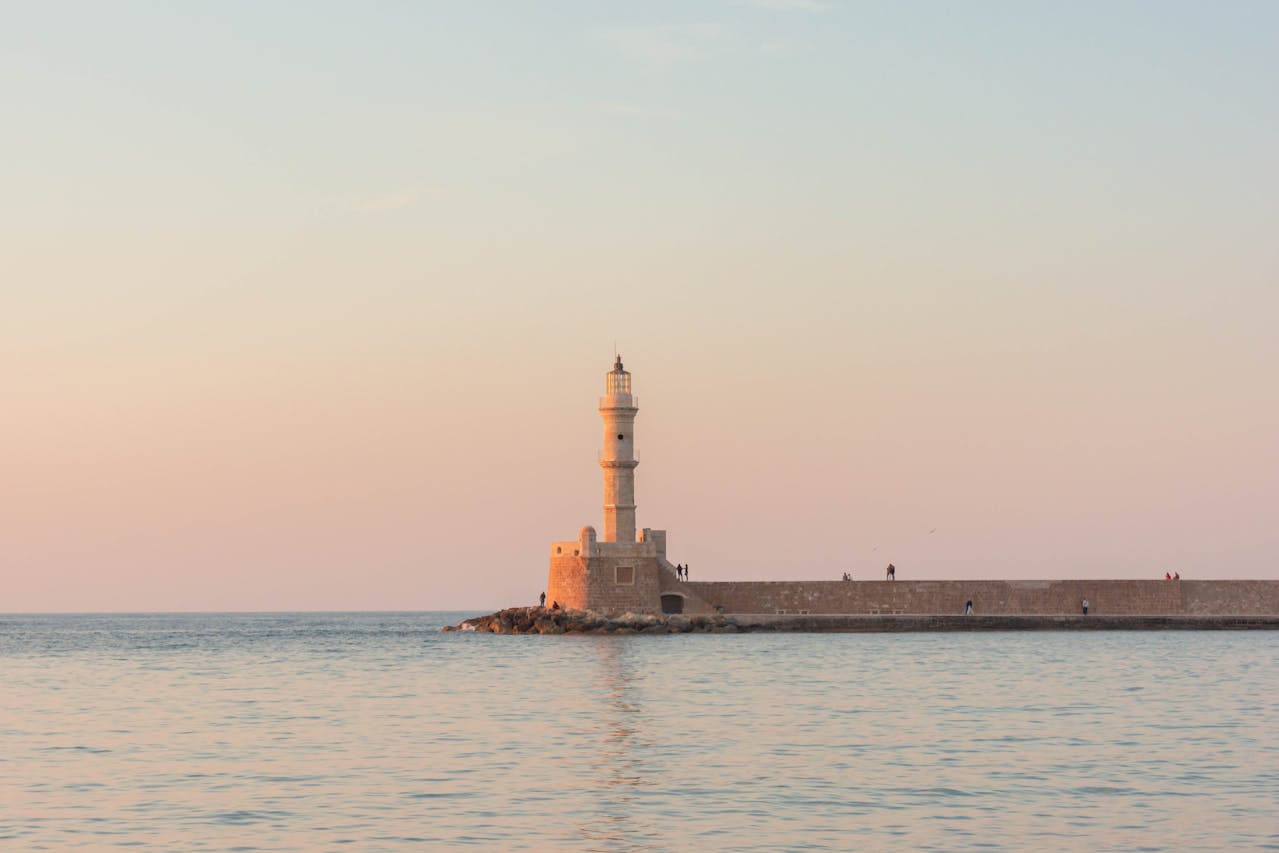Easter in Crete is a time of celebration, reflection, and, of course, food! The island's…

The Biodiversity Treasure of Crete: Rare and Endemic Species
Crete, the largest Greek island, isn’t just famous for its rich history and breathtaking landscapes; it’s also a hidden gem of biodiversity. With its mix of mountains, coastal plains, and a beautiful Mediterranean climate, Crete offers a fantastic variety of ecosystems that are home to many rare and unique species.
Flora: A Botanical Paradise
Did you know that Crete boasts over 1,700 plant species? About 10% of these are found only on the island! From lush pine forests to sun-soaked hills filled with aromatic herbs, the island’s flora is as diverse as its scenery.
- Cretan Ebony (Ebenus cretica): This charming shrub, with its pretty pink flowers, thrives in rocky spots and is a favorite among local pollinators.
- Dictamnus (Origanum dictamnus): Also known as “dittany of Crete,” this rare herb is not only sought after for its medicinal properties but also grows beautifully in the island’s gorges.
- Tulipa cretica: Check out this delicate tulip with vibrant red petals! It blooms in the island’s high-altitude meadows, adding splashes of color to the landscape.
Fauna: A Sanctuary for Wildlife
Crete’s wildlife is just as impressive as its plants. The island is home to a variety of animals, many of which can’t be found anywhere else in the world!
- Cretan Wild Goat (Capra aegagrus cretica): Locally known as Kri-Kri, this agile goat is a master of rocky terrains and plays an important role in the island’s ecosystem.
- Cretan Shrew (Crocidura zimmermanni): This elusive little mammal has been around for millions of years, making it a fascinating part of Crete’s natural history.
- Bearded Vulture (Gypaetus barbatus): You might catch a glimpse of this majestic bird soaring in the island’s remote mountains. It’s a crucial part of the ecosystem, often seen feeding on carrion.
Conservation Efforts
Like many places, Crete faces some environmental challenges, such as habitat loss and overgrazing. Thankfully, there are conservation initiatives in place, like protected areas such as Samaria Gorge National Park, dedicated to preserving these unique species. Plus, there are efforts to promote education and sustainable tourism, helping to minimize human impact on the island’s natural treasures.
Conclusion
Crete’s rich biodiversity is an essential part of its charm and appeal. Protecting its rare and endemic species is vital for ensuring that future generations can enjoy and learn from the island’s incredible natural wonders. So, whether you’re hiking in the mountains or relaxing on the beach, take a moment to appreciate the unique flora and fauna that make Crete such a special place!



